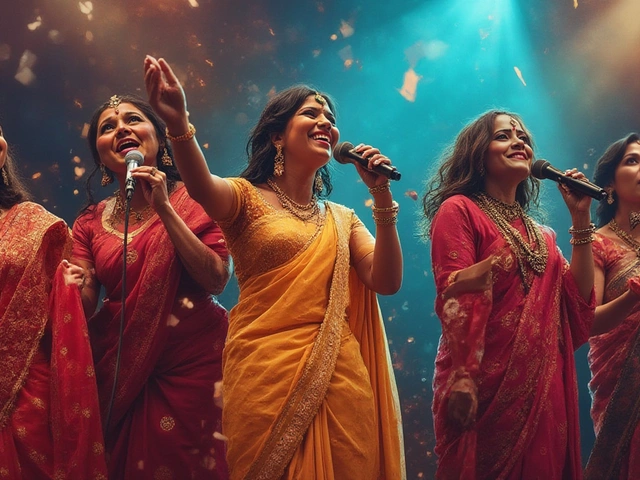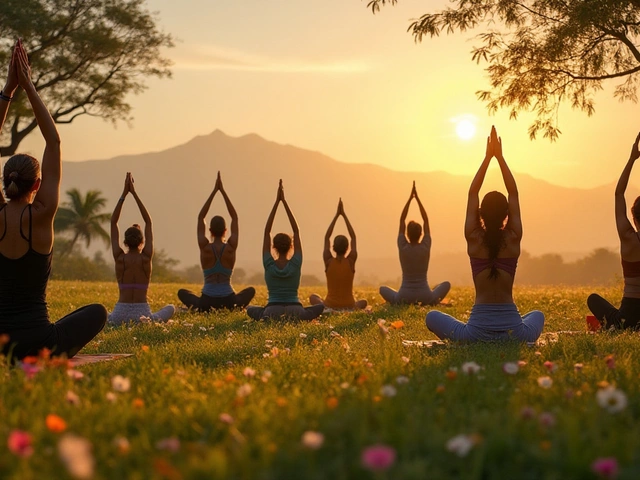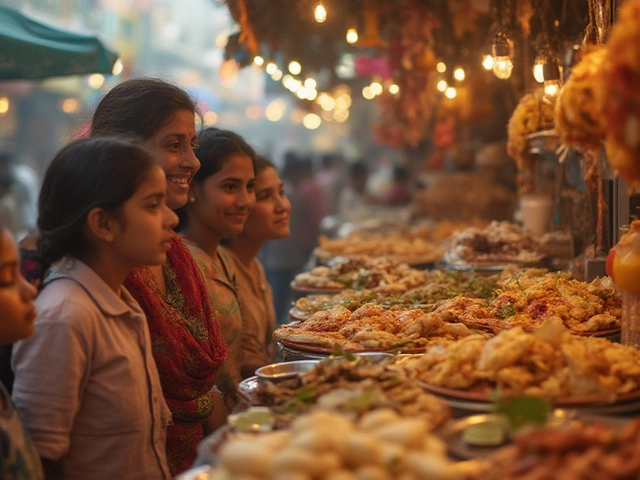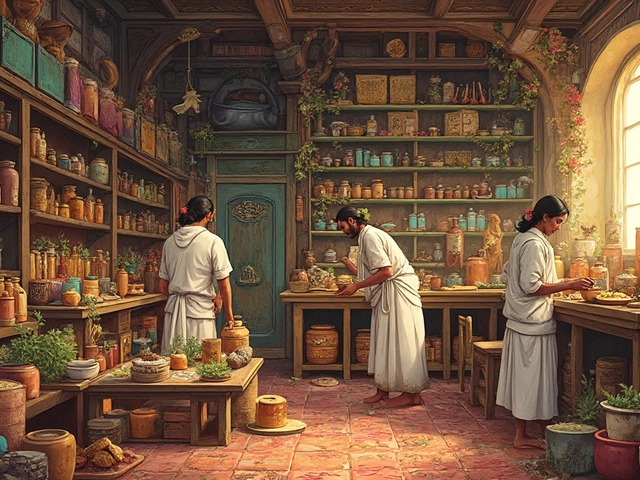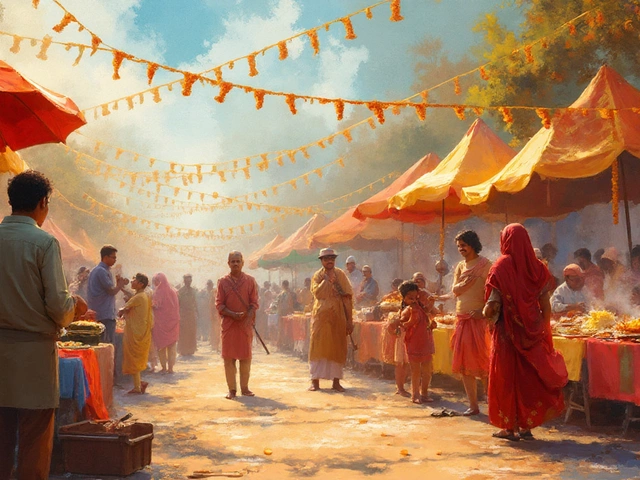Gupta Period Artist: Masters of Ancient Indian Sculpture and Painting
When we talk about the Gupta period artist, a creator working during India’s classical golden age between the 4th and 6th centuries CE, known for refining spiritual expression in stone and pigment. Also known as Gupta-era sculptor, this artist didn’t just make images—they gave form to devotion, philosophy, and the ideal human form. These weren’t anonymous craftsmen. They were the first named masters of Indian art, working under royal patronage to create figures so serene, so balanced, they became the blueprint for Hindu, Buddhist, and Jain iconography across Asia.
The Gupta art, a distinct style defined by smooth surfaces, subtle expressions, and harmonious proportions that reflected spiritual inner peace. Also known as classical Indian sculpture, it moved away from the rougher, more symbolic forms of earlier periods. Think of the Buddha statues from Sarnath—thin robes clinging to the body like wet fabric, faces calm as a still pond, hands gesturing with quiet power. That’s Gupta. And it wasn’t just sculpture. Paintings in the Ajanta Caves, though created slightly after the peak of the empire, carry the same DNA: flowing lines, natural poses, emotional depth. These artists didn’t just draw figures—they captured breath.
The Indian classical sculpture, a tradition rooted in the Gupta era that set enduring standards for proportion, balance, and spiritual presence in religious art. Also known as Indian temple sculpture, it became the standard for centuries. Later dynasties copied, adapted, and expanded on it—but none matched its purity. Even today, when you see a Hindu deity carved in stone, the posture, the smile, the way the garment drapes—it all traces back to the Gupta period artist. These creators didn’t just follow rules; they invented a visual language that still speaks.
What made them so special? They worked without modern tools, using chisels and brushes to translate complex ideas into tangible beauty. They understood anatomy not from dissection, but from meditation. They didn’t need to show muscles to show strength. A slight tilt of the head, a gentle curve of the finger—those were their tools. And they painted not just to decorate, but to teach. The stories on Ajanta’s walls weren’t just art—they were sermons in color.
You’ll find their legacy in every temple carver who followed, in every miniature painter who studied their grace, and in every modern Indian artist who looks back to find their roots. The posts below dig into what these artists actually made—their most famous works, the materials they used, how their style spread, and why their influence still lives in today’s Indian art. Whether you’re curious about the Buddha’s first serene face or the forgotten painters of Deccan caves, you’ll find real examples, clear explanations, and no fluff—just the art, the artists, and the truth behind the legacy.

